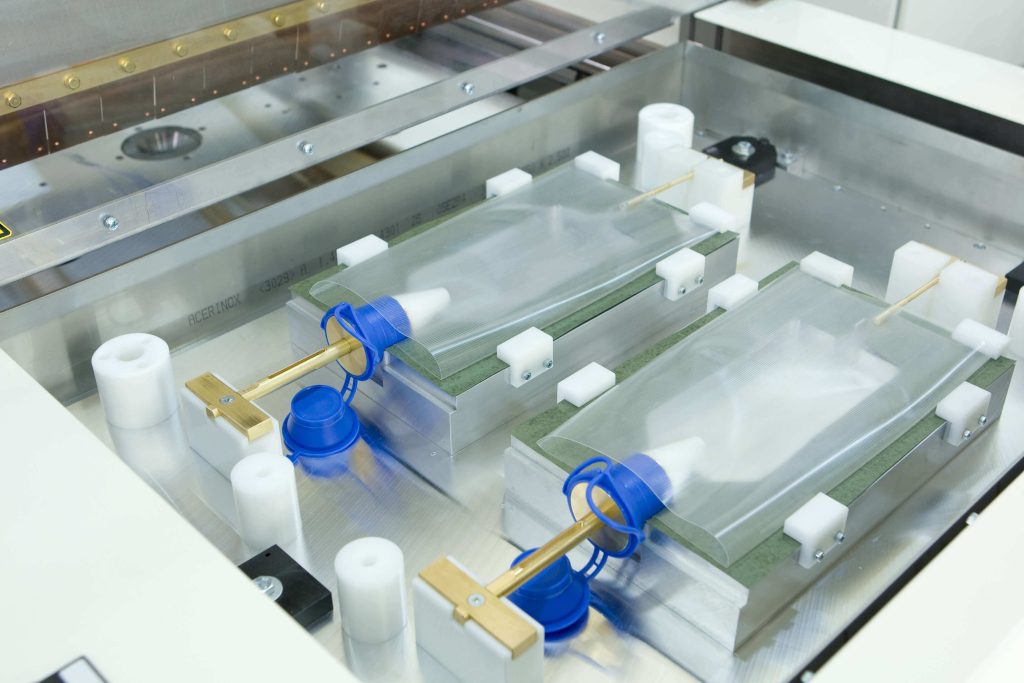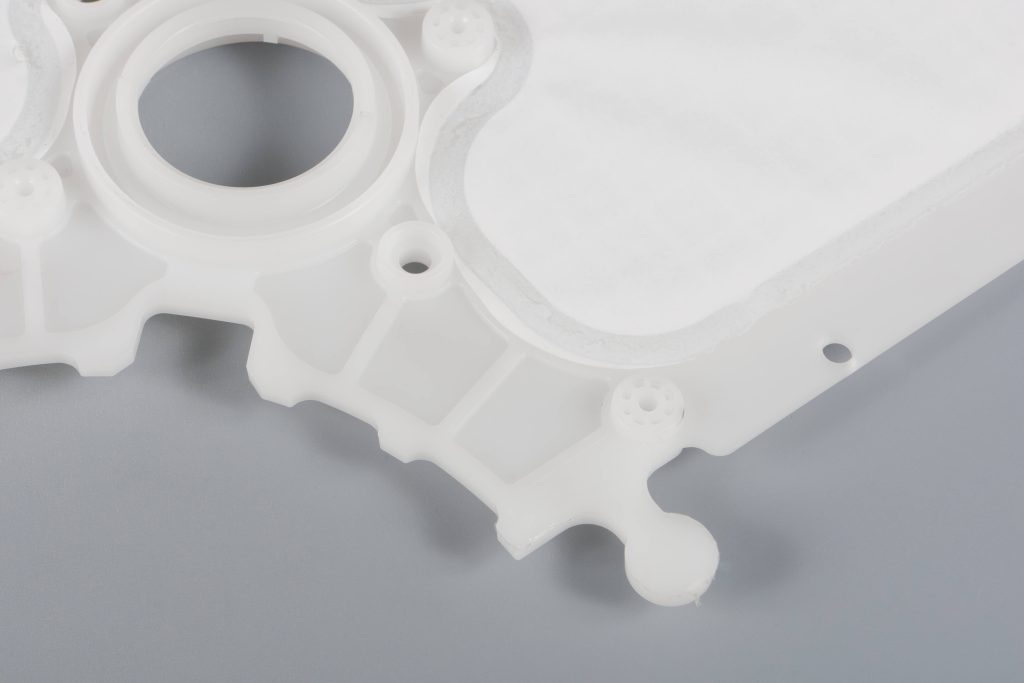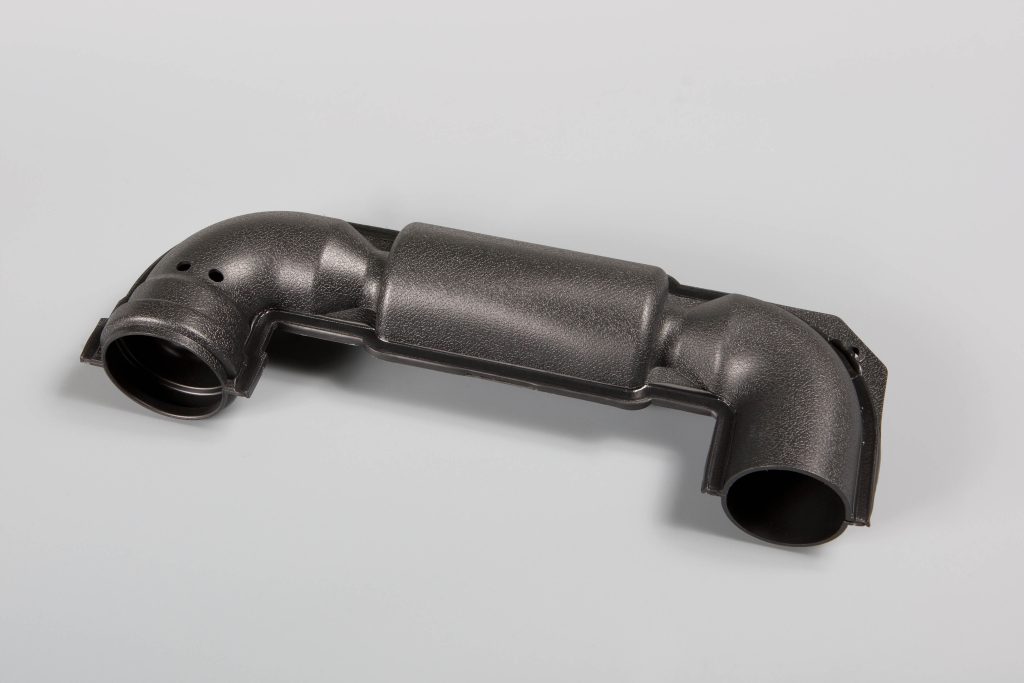Technologies
What is high-frequency welding

High-frequency welding (RF welding) is a proven process for connecting thermoplastics. It utilises a high-frequency alternating electrical field in the range of 13.56 MHz to 40.68 MHz to generate heat directly in the material. The use of the free frequency of 27.12 MHzas it delivers the best welding results.
This frequency ensures optimum energy input into the material and enables uniform, resilient weld seams with high precision. The dipole molecules - particularly in polar plastics such as PVC or polyurethane (TPU) - are set in motion by the rapidly changing electric field.
This molecular friction heats the material, causing it to enter a plastic state and bond under pressure. After cooling, a strong, homogeneous weld seam is created without additional adhesives or external heat sources.
What is WI welding

Pulsed heat welding: alternative joining technology
Heat impulse welding is an established process for joining thermoplastic materials, which is used in particular in packaging, automotive and medical technology. It is based on the targeted heating of the material using electrically heated welding bands or wires, which cool down again after reaching the welding temperature to create a strong and tight seam.
How the heat impulse welding process works
With impulse welding, heating only takes place for a defined period of time, which means that the energy input can be controlled very precisely. The welding wires or strips heat the material precisely at the joint, while the rest of the structure is spared. A controlled cooling phase under pressure then ensures a homogeneous, dense and stable weld seam.
Advantages of heat impulse welding:
Precise energy input for material-friendly welding
Fast heating and cooling enables short cycle times
High seam quality thanks to uniform temperature control
Energy-efficient process, as the heating is only active during the impulse phase
Wide range of material compatibility, especially for films, membranes and textiles
Areas of application for the impulse welding process
Impulse heat welding is used in many industries:
Packaging industry: production of pouches, blisters and film packaging
Medical technology: production of sterile packaging and protective covers
Automotive industry: Bonding of thermoplastic interior materials
Textile industry: Welding of coated fabrics, tarpaulins and protective clothing
Thanks to modern control technologies, heat impulse welding is a future-proof method that offers the highest quality, energy efficiency and material diversity.
What is heat contact welding

Heat contact welding: Simple connection through direct heat application
Heat contact welding is a proven technology for permanently joining thermoplastic materials. This process uses heated welding tools to melt the plastic surfaces directly and join them together. It is primarily used in the automotive, packaging and electrical engineering industries.
How the heat contact welding process works
In heat contact welding, the material is heated using hot tools that are applied to the joint at a controlled temperature and defined pressure. As soon as the material has melted, the tools are removed and the workpiece is cooled under pressure to create a stable and resilient weld seam.
Advantages of heat contact welding:
Simplest process: Most cost-effective process for welding simple materials
Wide material compatibility, including PP, PE, ABS, PVC and PA
Can be automated for industrial series production
Free contour: Welding contour can be freely selected
Areas of application for the heat contact welding process
Contact heat welding is frequently used in the following industries:
Automotive industry: production of plastic components for interior and exterior applications
Packaging industry: Sealing of blister packs and containers
Electrical engineering: Connection of plastic housings and connectors
Household and consumer goods: Welding of housings and functional components
Thanks to the use of modern control and automation technologies, heat contact welding offers high process reliability, energy efficiency and quality consistency for numerous industrial applications.
What is ultrasonic welding

Alternative ultrasonic welding?
In addition to high-frequency welding, ultrasonic welding is also used as a process for joining thermoplastic materials. Both technologies have specific advantages, but depending on the application and material, high-frequency welding can be a superior alternative.
What is ultrasonic welding?
Ultrasonic welding uses high-frequency mechanical vibrations to set the molecules in the material in motion and generate heat through friction. This localised heating brings the material into a plastic state so that it can be joined under pressure. The process is particularly fast and requires no additional adhesives or heating sources.
Why is high-frequency welding often the better choice?
Although ultrasonic welding works well in many applications, it reaches its limits with certain material thicknesses, larger welding areas and special seam strength requirements. High-frequency welding uses electromagnetic energy to generate heat directly in the material, which enables particularly even and deep heating. This means that even thicker or multi-layered materials can be joined efficiently.
Advantages of high-frequency welding compared to ultrasonic welding:
Uniform energy input for stable and resilient weld seams
Particularly suitable for larger areas and complex contours
High seam quality thanks to precise temperature control
No material abrasion or particle formation during the welding process
Particularly efficient for materials such as PVC, TPU or certain polyesters
While ultrasonic welding has its strengths with very thin materials and fine structures, high-frequency welding offers superior quality and durability for more demanding applications. The choice of the right joining technology therefore depends on the specific requirements of the application. In many industrial sectors where the highest seam quality and strong joints are required, HF welding is therefore the preferred choice.
